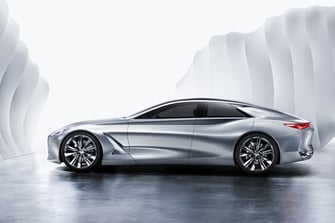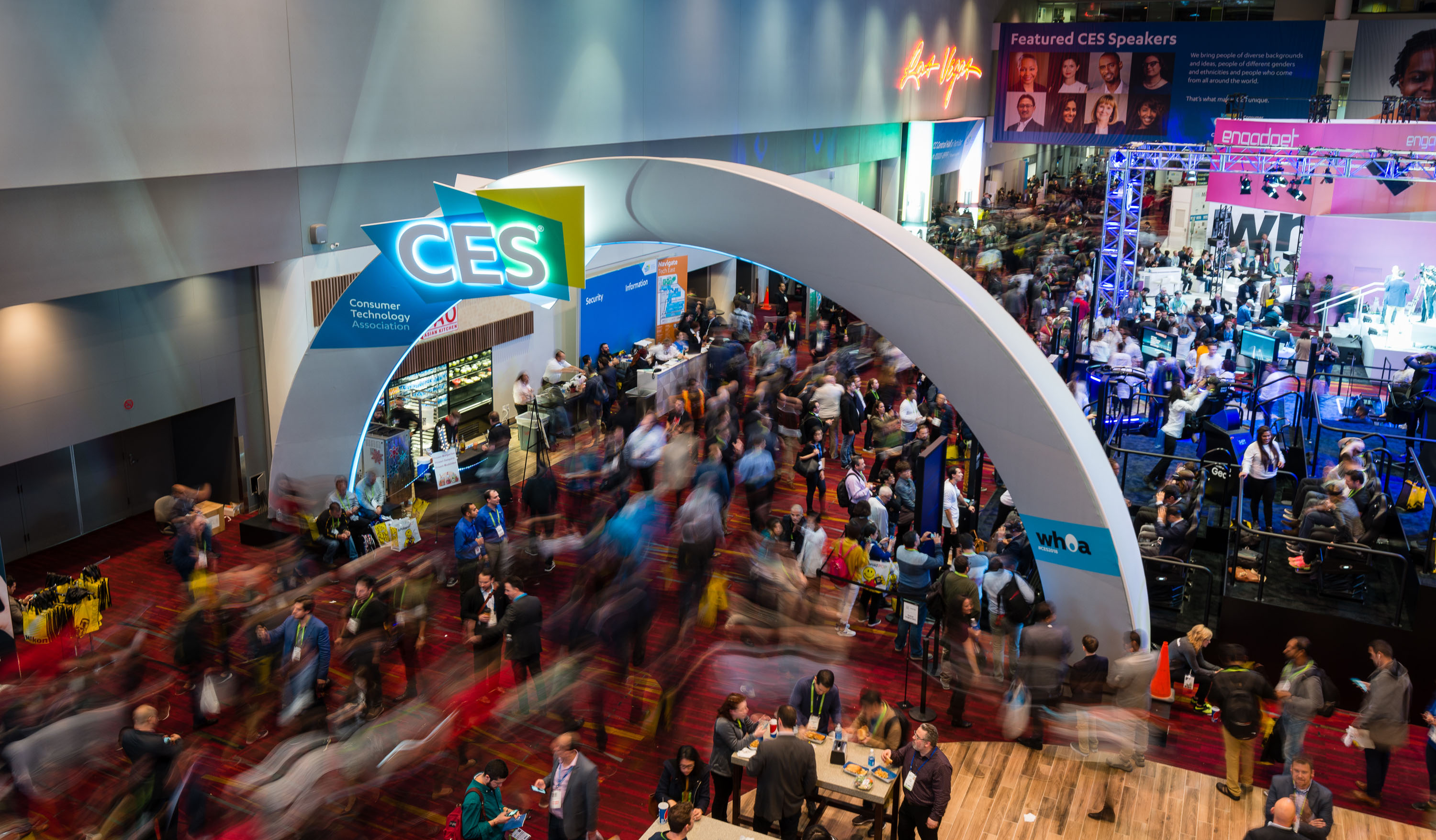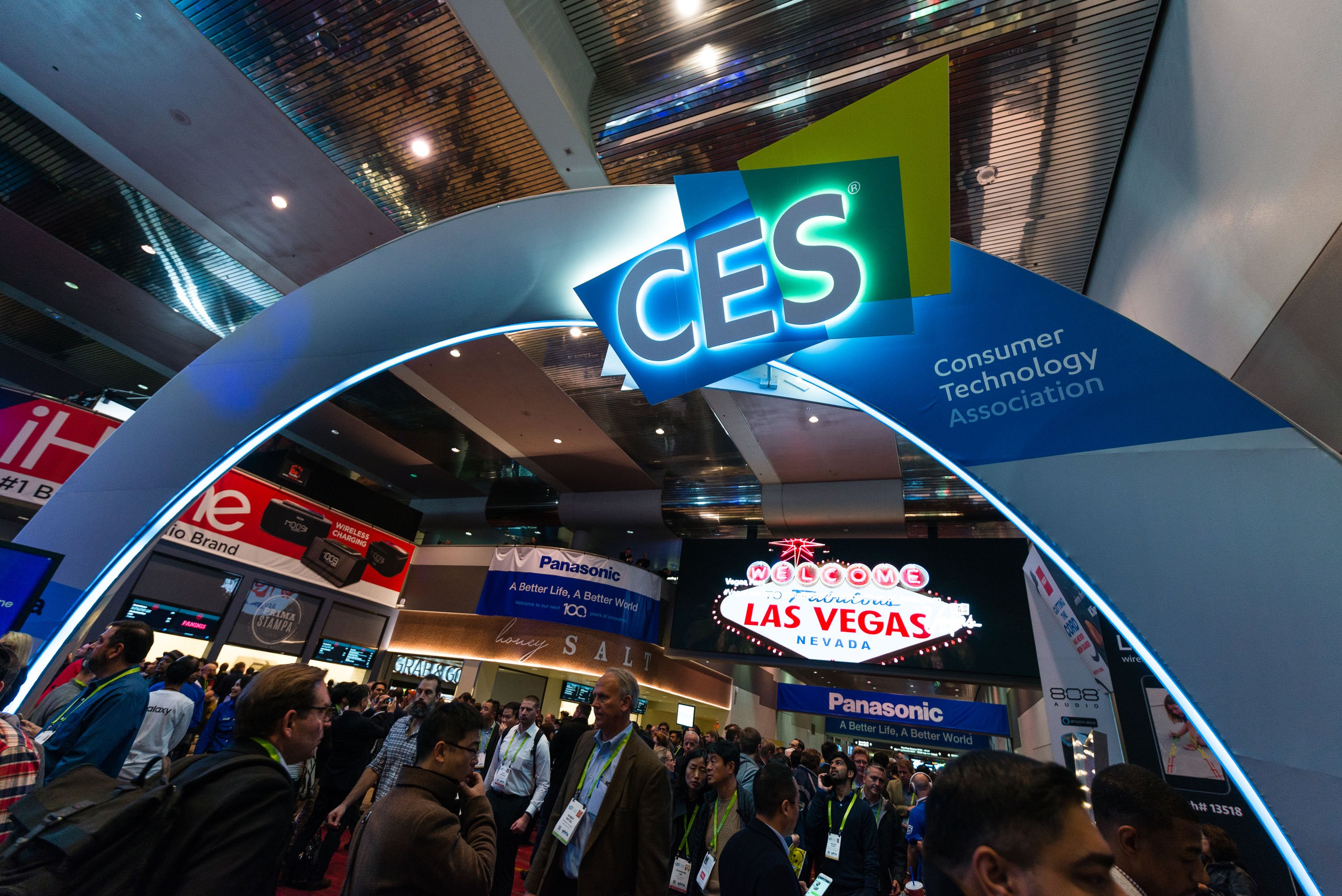As the North American International Auto Show kicks off, we’re excited to feature guest blogger, Kevin Smith’s (360 brandmachine) industry insights and annual auto show report.
At NAIAS 2018, the theme of the show is transition.
The automotive industry is moving quickly to new forms of mobility, from autonomous cars to ride-sharing fleets to modular conveyances that defy description. But today’s tried-and-true vehicles--especially lucrative trucks--will be the precious profit fuel that propels automakers into the future.
That’s far from the only transformation happening in the industry. Where there used to be one big American car show every year (NAIAS), we see an ongoing evolution to two big American car shows. In recent years, CES has provided more hints about the future of mobility, while NAIAS is the place for mainstream vehicle launches.
CES is building its “car show” reputation
Overall, this is yet another year where NAIAS seems to be losing some industry impact at the hands of CES. Indeed, a couple of prominent analysts we spoke with put CES ahead of NAIAS as the more significant automotive industry announcement show. That’s due to the sheer number of mobility announcements routinely made at CES.
What’s more, on the NAIAS show floor, many manufacturers are again absent this year, including high-zoot luxury brands like Porsche, Ferrari, Jaguar and Land Rover. Even Mazda skipped this year’s show.
Manufacturers increasingly see more focused returns with smaller, regional and customer-focused events--and not just in Detroit. Other hallmark global auto shows are seeing similar shifts in participation.
Like car shows, the car business is also at an epic moment of transition. To many consumers, car ownership is still a central part of the American dream, but going forward we also see (and many fear) a more functional and commodity view of “the car as mobility.”
Autonomous vehicles get real
This year, instead of murky prognostication on autonomous cars, we are finally starting to see tangible technology and concrete plans that make practical sense. For autonomous vehicles, it appears automakers are taking baby steps in containable urban environments. They’re also concentrating on commercial use cases, such as ride-hailing fleets and delivery services.
These initial vehicles won’t be available for consumers to buy. They will also only be able to navigate prescribed routes in a city. For example, Ford is looking at overall autonomous deployment around 2021. However, they are already piloting a concept with Domino's Pizza, but with a driver monitoring. For its part, GM is planning a ride-sharing service that uses self-driving Chevy Bolts, which the company hopes will launch in 2019.
Toyota’s e-Pallette Concept received considerable buzz at CES 2018. It’s a configurable pod that can be outfitted with purpose-built interiors for parcel delivery, ride-sharing and on-road e-commerce. It strikes us as a driverless version of a city trolley.
The road ahead
Fascinating as these concepts are, it will be interesting to see how social-media reactions to these kinds of autonomous vehicles take shape. Thus far, many consumer reviewers remain skeptical about autonomous vehicles and the loss of personal driving freedom.
As such, the next major transformation for the auto industry may involve reshaping public perception of the future of mobility. If these are early indicators of autonomous vehicles’ mainstream appeal, it appears the industry has some significant communications work to do.
For a detailed report on 2018’s Industry Preview and what to expect at #NAIAS visit the 360 brandmachine blog.





